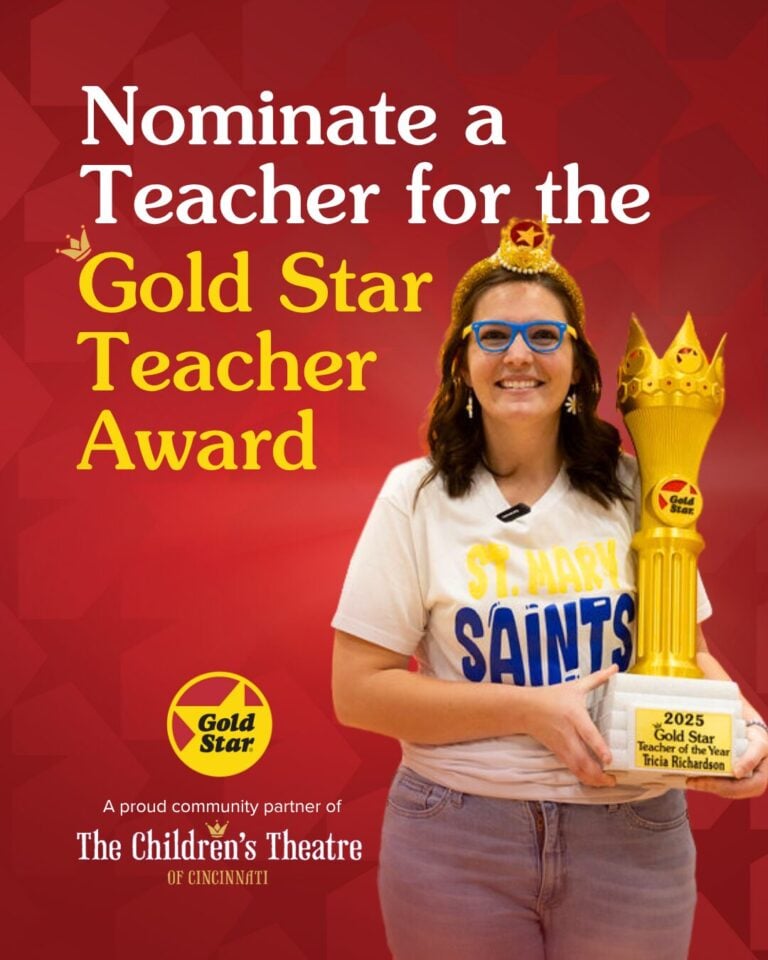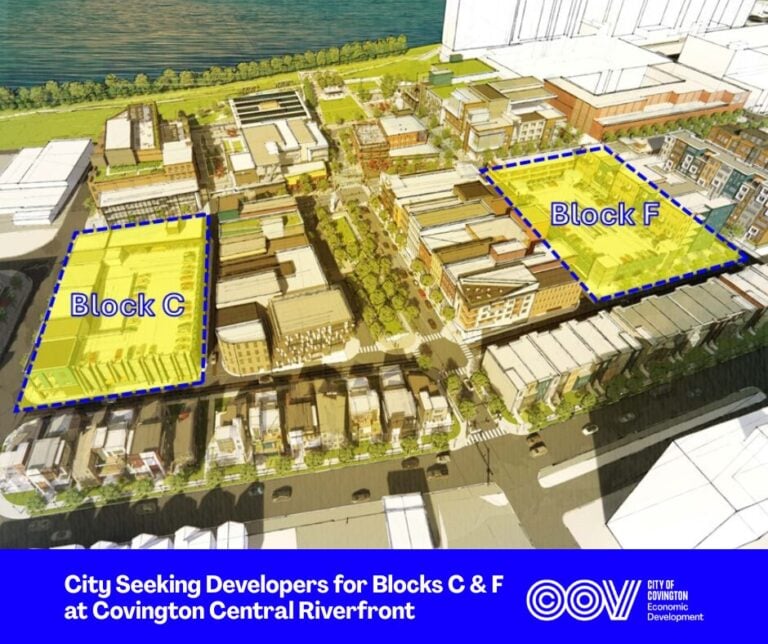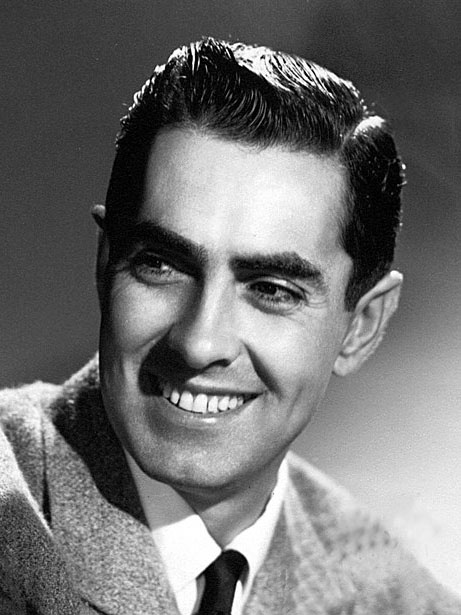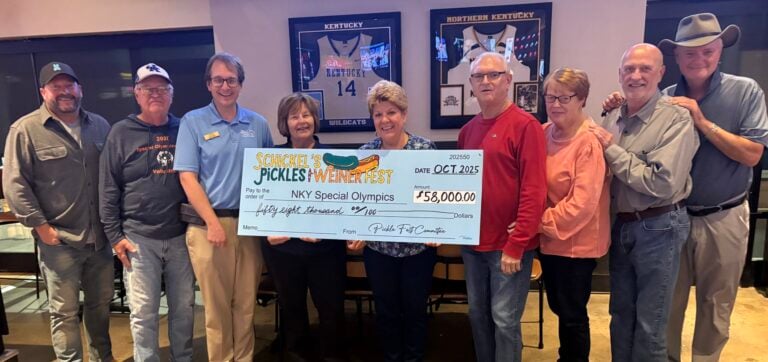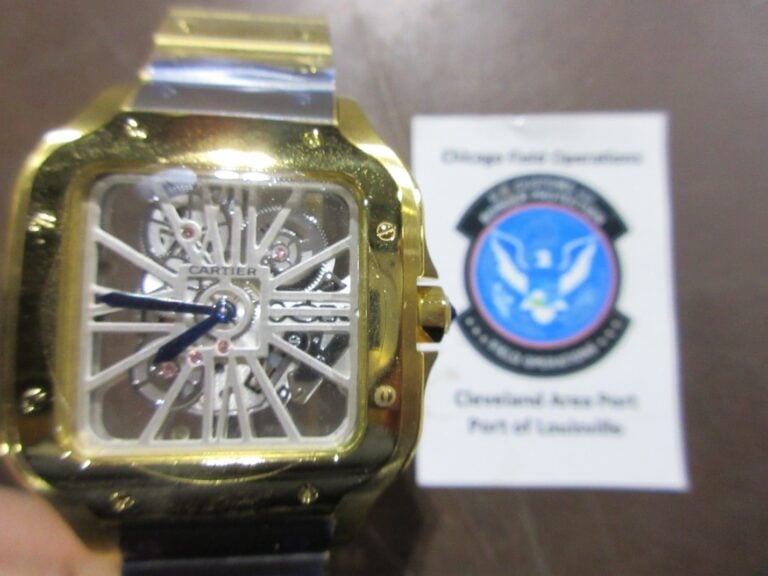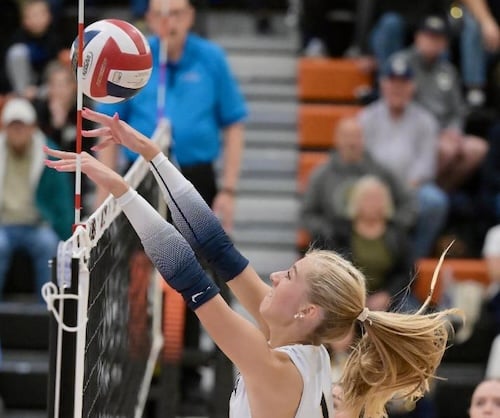By Raymond G. Hebert, PhD
Thomas More University
In the Connor Convocation Center, at the entrance into the Basketball Office corridor, there is a large plaque—not honoring national championship game Teams nor Most Valuable Players (MVPs), nor even each team’s highest scorers but instead, it simply reads:

The Robert A. Breinich Basketball Award
Dedicated to the Memory of Robert A. Breinich
and Presented to the Athletes of Thomas More College
Whose Character, Scholarship, and Initiative
Best Exemplify the Idea
Ironically, despite the prominent positioning of the plaque (which now holds 60 names), little seems to be recorded or known about the award. The first recipient was Daniel Tieman in 1962, written about in an earlier article, though most of the other recipients all the way to 2023 have been among
the team’s unsung heroes rather than the MVPs, such as Tieman.
In addition, while the criteria include the broad term of “athletes,” all the recipients have traditionally been from the Men’s basketball team.
After Dan Tieman in 1962, the second recipient in 1964 was Joseph Roesel. In an interview, Roesel explained that the idea was to not automatically present the award annually (none in 1963, for example nor in 1970). Once firmly established, however, the Award has been given every year since 1971 and has been much appreciated as a treasured recognition by its recipients. The certificate that Roesel shared from his award showed that the initial awards were presented by the Rebel Club of Villa Madonna College and the college president.

Gerald Thelen, a former VMC basketball player and Hall of Fame inductee himself, signed Rosel’s certificate. What was clearly special was not just the recognition but also that it was in honor of each player’s “significant contribution of character, sportsmanship, initiative, scholarship, and cooperative spirit to athletes at Villa Madonna College (and later TMC/TMU) as a senior member of the Villa Madonna College varsity basketball team.” Both Joe Roesel and MarKel Snyder (a recipient in 1996 who was also interviewed), shared how special it was to be chosen for this valued recognition with the breadth of talents the criteria represented. As time went on, the award simply remained the possession of the Men’s Basketball Program and earned a special place in their history (Joe Roesel Award Certificate and Interviews with Roesel and MarKel Snyder, November 2023).
Part of this might well be that Robert A. Breinich was a member of the Men’s basketball team only and was being remembered, according to Roesel, for two major reasons. First, Breinich was being remembered for the heroic yet tragic nature of his death — killed in defense of his father who was being beaten by two house intruders. Second, Breinich was being recognized for the many talents he brought to the early basketball program in those crucial transitional years after Coach Charlie Wolf had left for the Cincinnati Royals (1960) and Jim Weyer had begun what would be a multi-decade replacement as Head Coach in 1960-1961.
It is important to note that of the more than 60 recipients, only a small minority would also have been the Most Valuable player and/or Team’s High Scorer in that same year. Since its inception, the Breinich Award has valued scholarship and character even more than athletic prowess and should be remembered for what it has meant in recognizing the many qualities of these talented student athletes.
As was stated on the plaque, since 1962, the award in Breinich’s memory has continued to recognize the talented of senior student-athletes who exemplify what Breinich stood for. The recipients from 1962 onwards are as follows:

Daniel T. Tieman (1962)
Joseph Roesel (1964)
Jack F. Scherrer (1965)
John M. Griffin (1966)
David A. Meyer (1967)
Ronald P. Michael (1968)
James E. Klus (1969)
Thomas A. Saalfield (1971)
Robert A. Saalfield (1972)
Robert A. Beck (1973)
Kevin J. Timon (1974)
Tony M. Arnzen (1975)
Donald J. Ruberg (1976)
Mark J. Krebs (1977)
Stephen R. Ruberg (1978)
John A. Fortner (1979)
Michael L. Schmidt (1980)
Brian O’Connor (1981)
Jim Nestheide (1982)
David Smith (1983)
Jeff Fischer (1984)
Don Overberg (1985)
Tom Freppon (1986)
Dan Albrinck (1987)
Steve Butcher (1988)
Kirk Bachman (1989)
Ted Paris (1990)
Todd Smart (1991)
Tim Cutter (1992)
Chris Venhoff (1993)
Chris Dieter (1994)
Rick Hughes (1995)
MarKel Snyder (1996)
Kevin Campbell (1997)
David Green (1998)
Michael McClurg (1999)
Corey Grace (2000)
Mike Cleves (2001)
Mark Klein (2002)
Paul Hardy (2003)
Chad Wachs (2004)
R. K. Thurman (2005)
Michael Selm (2006)
Edward Thorton (2007)
Brad Buckner (2008)
Matt Tierney (2009)
Daniel McKeenhan (2010)
Brian Muse (2011)
Colt Stafford (2012)
Ryan Hamm (2013)
Spencer Berlekamp (2014)
Drew Mumford (2015)
Louis Walker (2016)
Sawyer Pauly (2017)
Michael Griffin (2018)
Ryne Callahan (2019)
Kedan Davis (2020)
Braden Connor (2021)
Garren Bertsch (2022)
Riley Haubner (2023)
Dr. Raymond G. Hebert is Professor of History and Executive Director of the William T. Robinson III Institute for Religious Liberty at Thomas More University. He is the leading author of Thomas More University at 100: Purpose, People, and Pathways to Student Success (2023). The book can be purchased by contacting the Thomas More University Bookstore at 859-344-3335. Dr. Hebert can be contacted at hebertr@thomasmore.edu.
Paul A. Tenkotte, PhD is Editor of the “Our Rich History” weekly series and Professor of History and Gender Studies at Northern Kentucky University (NKU). He also serves as Director of the ORVILLE Project (Ohio River Valley Innovation Library and Learning Enrichment), as well as Editor of the forthcoming ORVIE (Ohio River Valley Innovation Explorer), premiering in Summer 2024. ORVIE is now recruiting authors for entries on all aspects of innovation in the Ohio River Watershed including: Cincinnati (OH) and Northern Kentucky; Ashland, Lexington, Louisville, Maysville, Owensboro and Paducah (KY); Columbus, Dayton, Marietta, Portsmouth, and Steubenville (OH); Evansville, Madison and Indianapolis (IN), Pittsburgh (PA), Charleston, Huntington, Parkersburg, and Wheeling (WV), Cairo (IL), and Chattanooga, Knoxville, and Nashville (TN). If you would like to be involved in ORVILLE or ORVIE, please contact Paul Tenkotte at tenkottep@nku.edu.












